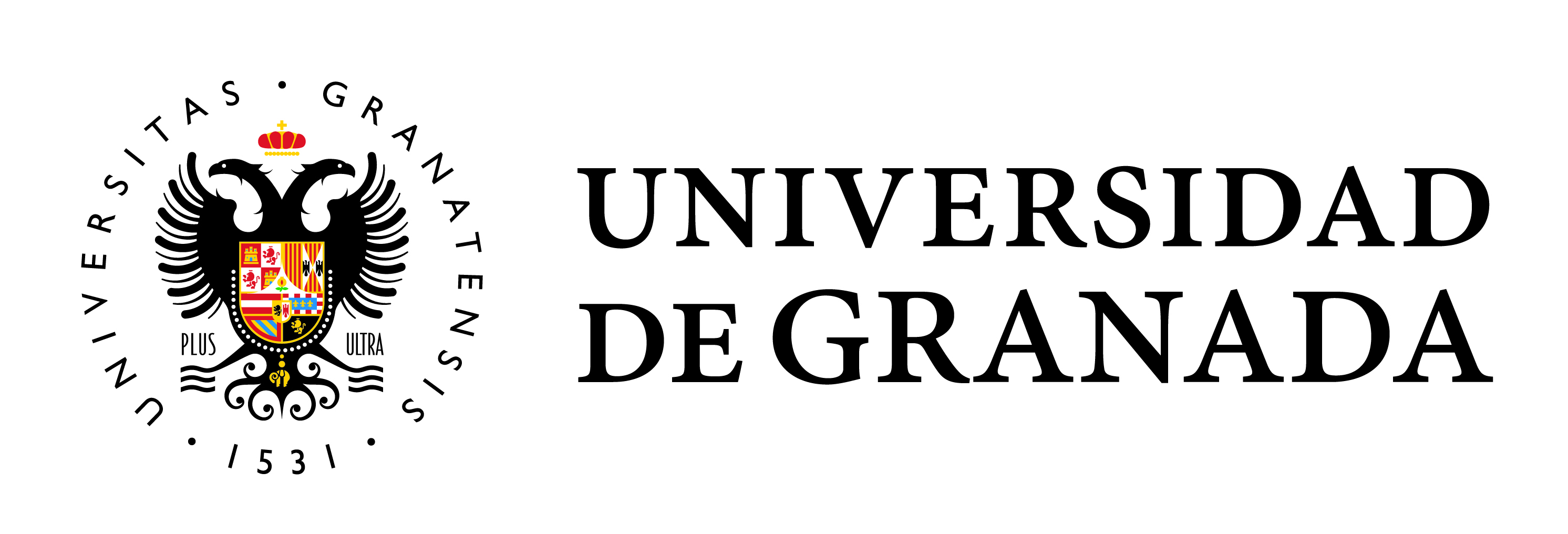Determination of potential sites for artificial groundwater recharge in five aquifers of the Metropolitan Area of the Valley of Mexico
Main Article Content
Abstract
The degree of exploitation in the aquifers of the Metropolitan Area of the Valley of Mexico (ZMVM) is highly linked to the urban sprawl, the expansion of the agricultural frontier and deforestation, causing different environmental and infrastructural impacts.
The managed aquifer recharge (MAR) has emerged as an administration tool to reduce pressure on groundwater. One of the fundamental aspects to its implementation is identifying the sites which favor infiltration.
Through map algebra and the intervention of six factors (slope, land use, infiltration capacity, precipitation, drainage density and lithology), we defined potential areas for artificial recharge in five aquifers that supply groundwater to that metropolitan area.
The most important factors were lithology and land use; the highest potential areas are in the higher elevations in Sierra del Ajusco and Sierra de Chichinautzin. “Medium” category predominates with 44,2 % of the area, followed by the “High” categories with 19,1 %, “Low” with 17,7 %, “Very Low” with 13,7 %, and “Very high” with 5,2 % of the area.


